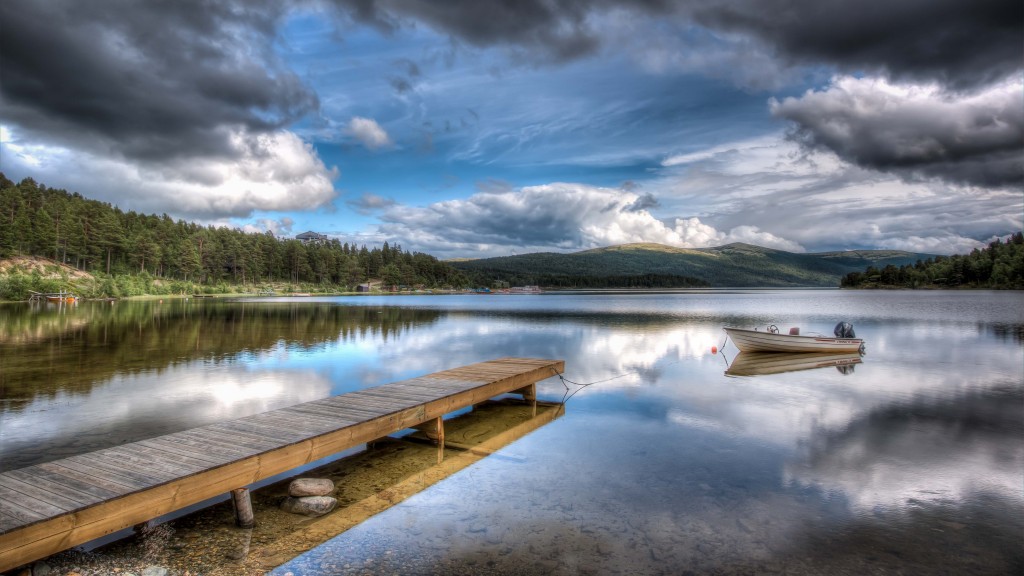 Photography is an art form. It’s an art form of both selection and crafting. It’s different in that you aren’t creating something from nothing (like painting), but instead you’re selecting what should and shouldn’t be in the frame. Then you select, from the dozen or hundreds of shots you’ve taken, the ones you’ll hold up as your choice. Once chosen many photographers edit, process and artistically stylize their images to emphasize or deemphasize aspects to make a statement.
Photography is an art form. It’s an art form of both selection and crafting. It’s different in that you aren’t creating something from nothing (like painting), but instead you’re selecting what should and shouldn’t be in the frame. Then you select, from the dozen or hundreds of shots you’ve taken, the ones you’ll hold up as your choice. Once chosen many photographers edit, process and artistically stylize their images to emphasize or deemphasize aspects to make a statement.
Because it’s an art form, we could argue endlessly about what makes a “good” image, but in general, most people would agree that it often comes down to three, +1 elements.
- Subject Matter
- Light
- Composition
- A definitive moment
Most photos worth looking at highlight a least one or more of these elements. Sometimes, if one element is strong enough, you can forgive and overlook the weak areas in other elements. For instance, a picture of a child with an expressive reaction at just the right moment, could still be a great image even if the lighting and composition isn’t spot on. An otherwise boring flower that is dramatically composed and softly lit with a golden glow could still catch your eye.
In this post I’ll outline some general things to keep in mind as you craft your images. If you can think of these elements before you press that shutter button, you’ll be farther along your way to creating more noticeably memorable images.
Subject Matter
Most times, good photos have a clear subject matter in frame. What one or two things do you want to convey as the subject(s)? If it’s people, make sure your image has one or two specific subjects. Simple snapshots will have dozens of people in a photo without anything significant going on. Actively and intentionally choose your subjects! That selection can happen before the shutter press and during the photo selection process later. Boring landscapes can be crafted into much better images by adding a strong subject in the foreground. A plant, a rock, a pond? Or your subject might be the golden sun peeking over the mountain in the distance, lighting up the clouds. Think about the message, mood or feeling you’re trying to convey with your image.
One simple trick to making your subject stand out is to zoom in. A common newbie mistake is to try and get a lot into one image. Although I’ve seen it work, it can often come off as a snapshot, a jumble of distracting elements that fight for your attention. Instead, be purposeful. Be intentional. Crop the distracting elements out of the frame and zoom in on what’s really important. Practice and train your eye to see it. Focus for clarity and focus to isolate your subject.
Lighting
There are several aspects of light that you should notice and be aware of as you craft your images.
- Quality
- Intensity
- Direction
- Color
What is the quality of the light? Is it soft and diffuse? Does it have hard distinct edges? Pay attention to your subject and make sure the quality of light compliments it. You might want to intentionally put a bride in early morning soft light, while the edgy, colored harsh light might suit a rock band’s image.
A lot can be conveyed by just the intensity of the light. What mood are you trying to give to your image? Bright lights often give a feeling of energy and movement, where darker choices could project a more somber tone.
Think about the direction your light is coming from before you shoot. Would your subject be best lit from the side, the rear or from high above? Would the mood you’re trying to show be best accomplished by a direct, straight on light? Sometimes the difference between a snapshot (harsh, bright light from the front) and a nice image (subdued, ceiling bounced light from above) is how the subject was lit.
Color can be a subtle modifier. The warm glow of an early morning gives a very different feel than cool (bluer) light that comes from an indoor fluorescent. You may not always be able to control the light, but your simple awareness of it will help you take and make a better picture.
Composition
The art and skill of composing great images is easy to learn but difficult to master. Being able to “see” a scene and visualize the final outcome doesn’t require specialized equipment or software. It’s a skill that you can take with you no matter where you go with any camera that you use. Techniques you learn will improve the images you create regardless if you use a simple phone camera or the most sophisticated, high end SLR. As with many things, the more you practice, the better you’ll become at compositions. You really will start to see the world in a different way.
Beside the “Rule of Thirds”, there are many other things you can keep in mind as you’re shooting your images. Be aware of the role that colors play in composition. Certain colors can draw your eye to them like a magnet. They scream for attention and, if they are not part of your main subject, can be a distraction. Be aware of the colors in your frame and compose them in a way that compliments the story or mood you are trying to convey. Remember the importance of a good strong subject? With composition you decide WHERE to put that subject. What other elements in the frame might compliment your subject and draw the viewer’s eye there? As we have mentioned, isolate your subject if you can. Move you or your subject so that there aren’t any distracting elements behind your subject. Zoom in and make your subject the subject! Pay attention to what is behind your subject. Are there other faces that could be unintentionally photobombing? Is there a flagpole or a tree sticking up from your subject’s head? A very common mistake.
What’s the best way to change your compositions? Move! Get up, get down and get funky! One of the most common mistakes I see novice photographers repeat is staying in one spot and shooting the same scene again and again. It will of course depend on your situation, but I’ve found that by moving and changing my position, I can get “the” shot that I was looking for. The difference in background, positioning of subjects, angle of light, etc. can all make a really big difference. The images below were taken at the same pumpkin patch on the same day.


I could have settled for the first image and have been done with it. I would have come away with a rather mediocre looking snapshot. Instead we looked around and spotted a background that was much more appealing. The second shot was composed from a low angle to bring up the horizon line and add interest. Try different angles, get low, shoot from high above, get in close. Make your shot different from all the snapshots that everyone else is going to take. Compose intentionally!
I’m calling this the +1 element because it’s not always possible to have a definitive moment of your clearly defined subject in your well lit, well composed image (see how I worked all those in there?).
A definitive moment might be a kid’s laugh, a dog in the air catching a frisbee or a shaft of light coming through the clouds on a cloudy day. You can’t always plan for things like these to happen, but you can anticipate them and be at the ready. A few tips on getting those definitive moments: compose, keep your finger halfway pressed on the shutter button and shoot a lot. With digital imaging, you’re not paying developing or print costs and you can always toss out the duds later. Even though your “cost” will be the time it will take to cull through your images, it’s still worth the payment in order to get those great shots that other snap-shooters may not be willing to work for.
No doubt that this element along with the other skills I’ve mentioned will take practice but it will pay off in the long run. You’ll be able to use these techniques on any camera that you use. Perhaps the most important take-away is your awareness of these elements and the appropriate application to your images. Sure, a stunning image might be created by accident, but it’s not likely. You can significantly increase your hit to miss ratio by keeping these elements in mind and putting them into practice as often as you can.
Your Assignment: Get out there, bring your camera and practice some of these techniques on your photos. Don’t wait for a reason to go out and shoot, go out and shoot to practice and learn right now!
Learn more about the “Rule” of Thirds





I am so glad to find an article that starts with the basics. Thanks!
Hey, Rick speaks for me! I too need the very basics.
Regarding subject matter, most of the comments I’ve received on my “photo a day” projects have been on photos that focused on tiny details of everyday life that people would not normally take time to notice. When separated from the surrounding clutter, tiny marvels of nature or human craftsmanship are fascinating and can create compelling images.
These pictures only made me envy 🙂 at least now I know what I should strive for 🙂
Thanks for reminding us that the subtle things make such a huge difference! This was a great article.
Good ideas – I’ll be sure to remember those helpful hints when I get behind the camera. I love the one on composition because I enjoy taking the same pictures from different vantage points, so I was encouraged to hear you say that’s important and the defining moments was really good.
Excellent tips to keep in mind. I tend to shoot “aimlessly”, and hope for a good image. Being intentional will be a lot more rewarding.